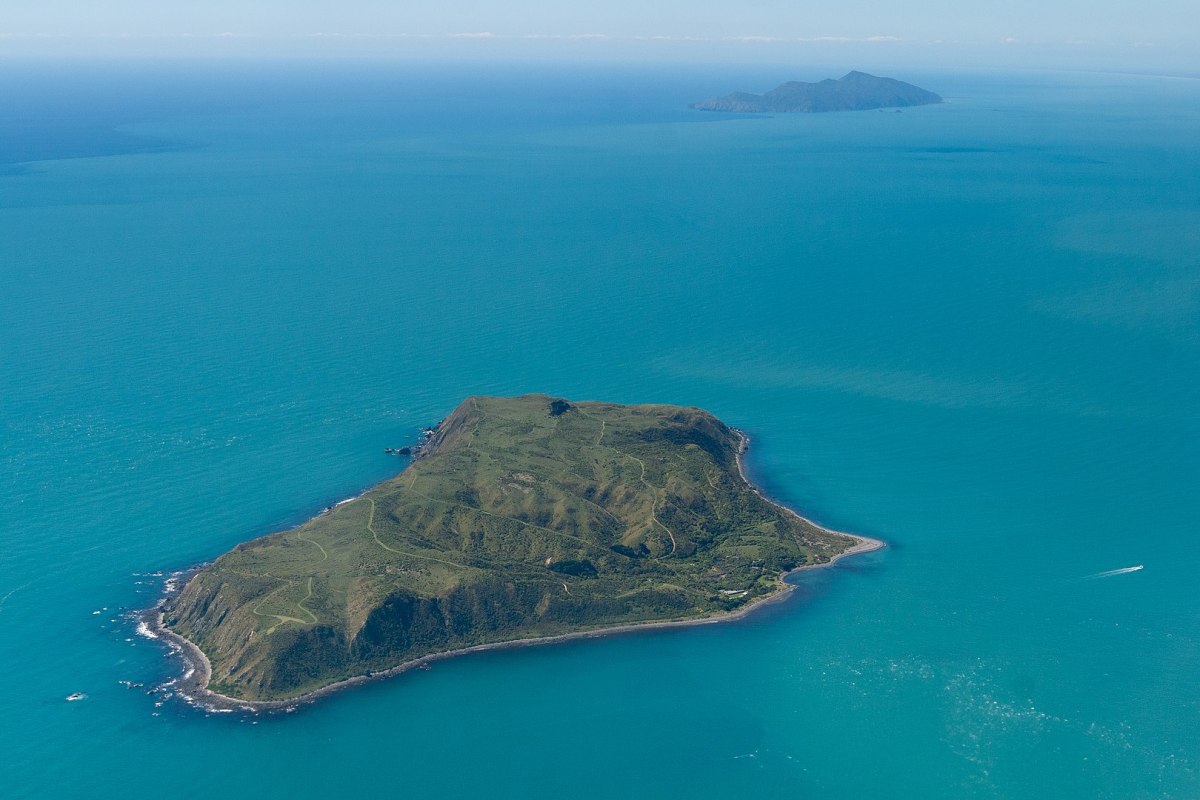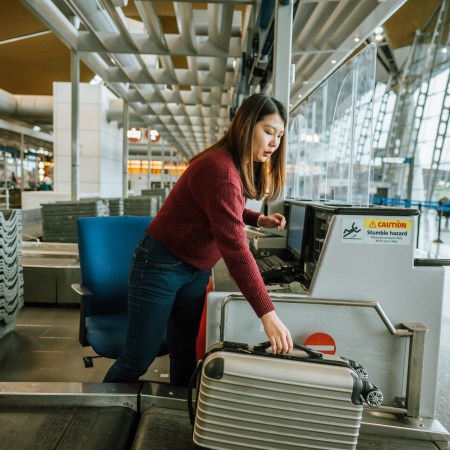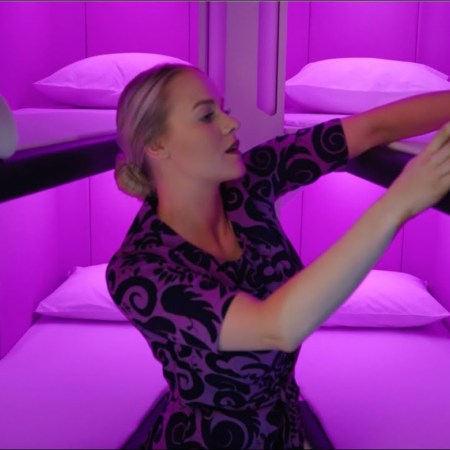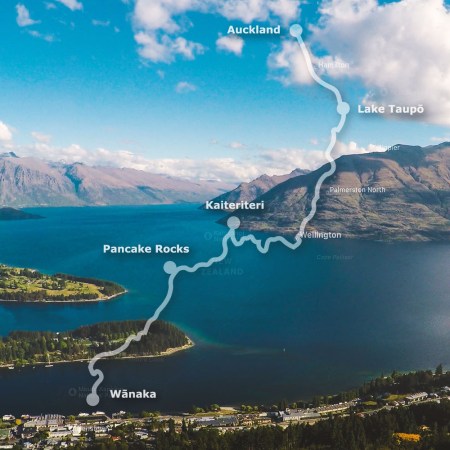Travel south from the North Island of New Zealand and you might find yourself on Te Mana o Kupe o Aotearoa, also known as Mana Island. It’s just under two miles long and home to a scientific reserve — and only two permanent human residents. Now one of those residents, writer Flora Feltham, shared what life is like on the island in an article written for The Guardian.
If you’ve ever wondered what it’s like to live in an isolated space dedicated to preservation — or just find flightless birds fascinating — Feltham’s account abounds with memorable details. Her husband Pat, she explains, works for the Department of Conservation taking care of the takahē that call the island home.
Takahē are blue-feathered flightless birds, and they’re currently very endangered — a New Zealand government website lists the population as only 440 in late 2021. Feltham’s descriptions of them are evocative: “A takahē’s round blue body, tucked under her iridescent green back, gives the impression of planet Earth, if it were swallowed by a chicken.”
Elsewhere, Feltham describes the process of living in relative isolation, including gathering 10 days’ worth of groceries at a time when visiting the mainland. Her account of living there, and of gradually becoming acclimated to island life, offers both enviable and frustrating aspects. Certain details, like the fact that each of the takahē on the island has a name, are especially charming. Living in a wildlife sanctuary may not be for everyone, but it’s not hard to see the appeal of it after reading this account.
Thanks for reading InsideHook. Sign up for our daily newsletter and be in the know.


















